Now that you've learned a little about the basics of shipping internationally, it's time to take a closer look at some of the different forms you may need for your shipment.
Being familiar with these is important for anyone who regularly sends packages internationally, especially for any time-sensitive shipments that cannot afford customs delays. There are, of course, more documents than we can cover in this article, but these are the ones you're most likely to see.
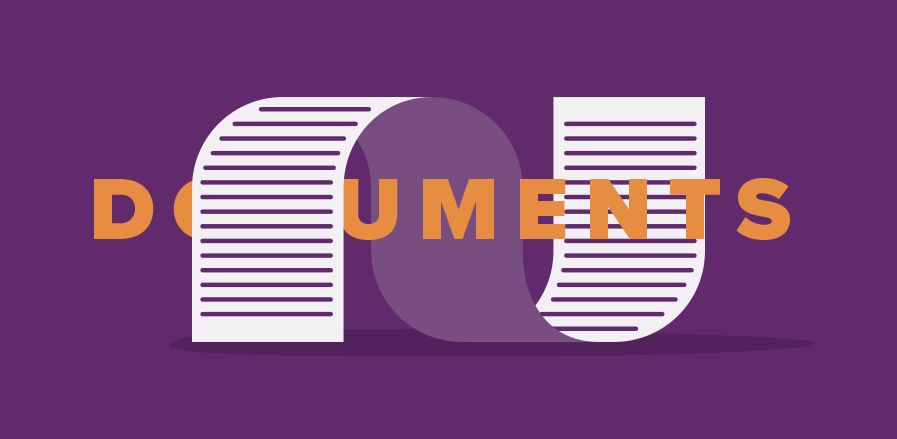
Common Export Documents:
Commercial Invoice (CI)
What is a Commercial Invoice?
A commercial invoice is a document you created by the shipper (exporter of
goods) that is used by customs officials to determine:
1.) If the goods being imported are admissible (ie: Are you allowed to
import all the items in your shipment?) and;
2.) The correct harmonized system (HS) code and rate of duty (ie: How much
duty is to be charged on this import?).
When do I need a Commercial Invoice?
A Commercial Invoice (CI) is required anytime you ship a product outside of the country and the shipment contains more than just documents.
Certificate of Origin (COO)
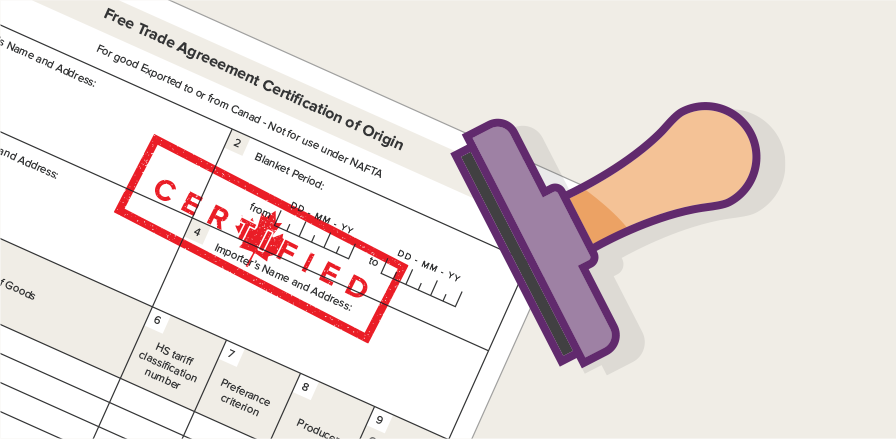
What is a Certificate of Origin?
The Certificate of Origin (COO) is a document provided by the shipper (exporter of the goods) that certifies a shipment was manufactured or originates from their country.
This document contains a sworn statement that proves the origin of the goods. This document is normally included with your shipment and is used by customs to assess a better tax rate, based on the originating country of the product.
What is the purpose of a Certificate of Origin?
The purpose of the Certificate of Origin (COO) is to certify that your goods originate from the exporting country in order to receive a preferential (ie. lower) duty rate. This only applies between countries that have negotiated Free Trade Agreements (FTA) and have set a lower dutiable rate on some products.
When do I need a Certificate of Origin?
The Certificate of Origin is an optional document, but one that can help you get repeat sales because it reduces the duties the recipient would incur. This only applies when the reason for export is "Sale/Sold" or "Permanent".
So if you choose to include this document, you'll first have to determine if the destination country has a lower dutiable rate for shipments originating from your country. If they do, you would include a Certificate of Origin (COO) with your shipment. Some countries make it easy by exempt you from having to provide a COO when the shipments are under a certain value.
NAFTA Certificate of Origin (COO)
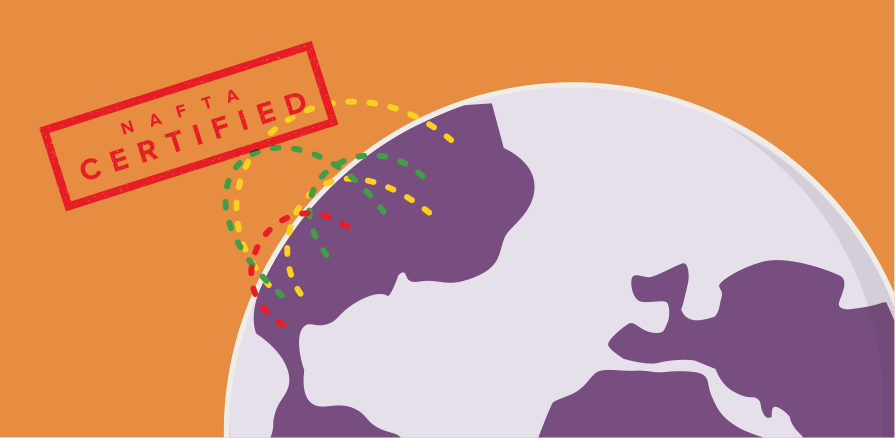
What is a NAFTA Certificate of Origin?
The NAFTA Certificate of Origin fulfills the same purpose as the regular Certificate of Origin, but it can only be used for shipments within Canada, Mexico, Puerto Rico, and the United States
What is the purpose of a NAFTA Certificate of Origin?
The purpose of the NAFTA Certificate of Origin has the same purpose as the regular Certificate of Origin. It is meant to take advantage of the preferred dutiable rate (ie. lower duty rate) between countries within NAFTA.
When do I need a NAFTA Certificate of Origin?
Keeping in mind that this is an optional document, you'll typically want to include a NAFTA Certificate of Origin with your shipment if any of the following apply:
- You're shipping something valued over $1,000 USD (about $1,250 CAD) to Mexico from Canada or the US
- The shipment is worth at least $2,500 CAD and is being sent from Mexico to either Canada or the US
- You're shipping a package with a value of $2,500 USD (~$3,150 CAD) is going from Canada or Mexico to the US
Download: Blank Fillable NAFTA Certificate of Origin Form (B232)
Download: Sample NAFTA Certificate of Origin Form (B232)
ATA Carnet
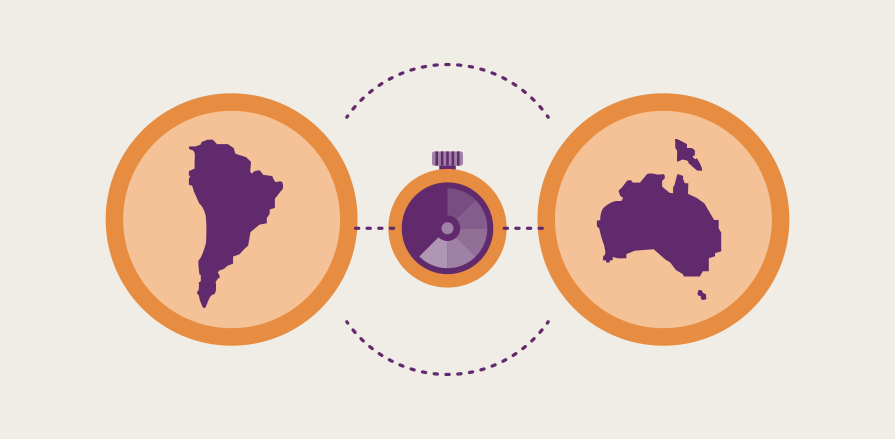
What is the ATA Carnet?
The ATA Carnet is a document used in international shipping to allow goods to enter a country without being subject to any duties and taxes.
What is the purpose of the ATA Carnet?
The ATA Carnet is intended to make shipping goods internationally easier for items that remain in a country for a short periods of time (ie. shipments sent on a temporary basis). It is most often used by people bringing products into foreign countries either as samples or as displays in trade shows. It simplifies the customs procedures, reduces business costs, and saves time and paperwork. One of the big benefits is that they ensure that your goods are not subjected to any duties and taxes.
When would I use an ATA Carnet?
Remember, the ATA Carnet is not a mandatory customs document, so it isn't necessary for you to include it with your other export documents. However, since it allows you to easily ship goods temporarily without paying duties and taxes, it's highly recommended in specific situations.
If your goods will be in the destination country for less than a year, and if both the origin and destination countries accept the ATA Carnet, you should consider obtaining a Carnet to avoid being charged duties and taxes.
For example, if you are attending a trade show in another country where you have to ship electronic equipment, a tradeshow booth, etc. etc., an ATA Carnet would be very helpful in simplifying the customs process.
We've seen companies that need to send over specialized equipment (such as surveying tools) so that they can have the equipment ready to go when their personnel arrive.
ATA Carnets aren't accepted in every country. You can find a list of countries that do accept it here.
For more information, you can ask our ShipGuru found on our support page or talk to your local chamber of commerce.
US FCC Form 740

What is the FCC Form 740?
The FCC Form 740 is a form provided by the Federal Communications Commission (FCC) that you would complete in order to declare that the items being imported into the United States (US) meet FCC guidelines.
Why is the FCC Form 740 needed?
The FCC is a government agency in the US that monitors the importation of any device that emits radio frequencies, to ensure they do not cause any harmful interference. This form is a required part of their process.
When is an FCC Form 740 required?
The Federal Communication Commission (FCC) requires you to complete an FCC 740 Form for each radio frequency device that is being sent to the United States (from another country), regardless of value.
Cell phones, TVs, monitors, microwaves, laptops or computers containing a DVD or CD Rom drive are common devices that require an FCC 740 document to be completed, prior to being allowed to clear US customs.
Download: Blank Fillable US FCC 740 Form
Download: Sample US FCC 740 Form
US FDA Form 2877

What is the FDA Form 2877?
The Food and Drug Administration (FDA) relies on Form 2877 to ensure that the items in question are in compliance with the relevant regulations. The form applies to any product that could emit radiation, including microwaves, cell phones, and televisions.
Why is the FDA Form 2877 needed?
The FDA Form 2877 describes the products to the FDA and allows it to make a decision on whether it could cause harmful interference. In order to pass inspection, a given item must either meet radiation performance standards or be exempt from them (by being grandfathered in, for example, or by being personal household goods).
When is an FDA Form 2877 required?
Just as products that emit radio signals must be accompanied by a 740 form, anything that could create radiation requires an FDA 2877. Remember that all information on the 2877 (and any other forms) should match what's on the rest of your documents. You can find a 2877 form here.
Download: Blank Fillable US FDA 2877 Form
Download: Sample US FDA 2877 Form
Personal Effects Forms
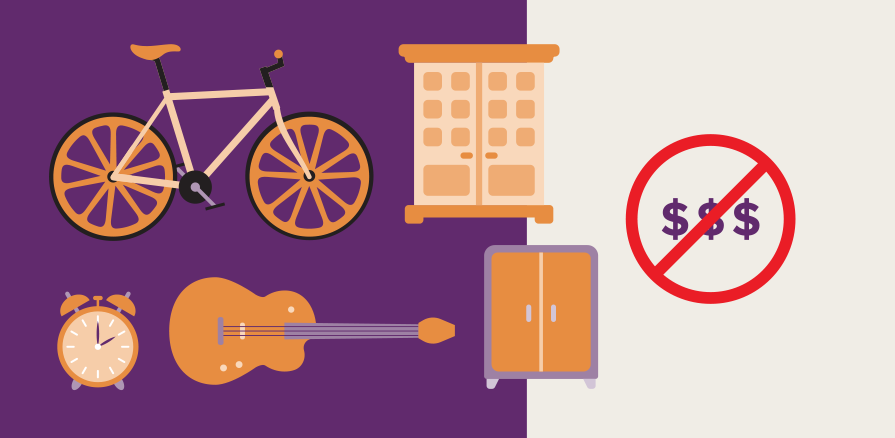
If you're planning to move to another country, there's a good chance you'll need a personal effects form to be completed in additional to your other shipping documents. The rules and forms will vary by country but generally speaking, a personal effects forms allows you to bring some, if not all your personal belongings into the country without paying any duties or taxes.
Of course, each country that requires one of these forms will have a different name for it. Here's a quick list of some common countries and the name of their form:
What are Personal Effects Forms?
The personal effects form is a form used by customs to exempt you from some or all duties and taxes on your personal shipment.
Why are Personal Effects Forms Needed?
The personal effects form is needed so that customs can accurately classify your shipment as a personal effects and not commercial goods to be resold.
When are Personal Effects Forms Required?
If you're moving to another country and bringing your personal belongings with you, you'll want to see if you can include a Personal Effects Form with your shipment. There's quite a number of countries that duty and tax exemption on your personal stuff. Here's a common list of countries that offer Personal Effects along with the associated form for that country.
| Country | Form Name and Link |
|---|---|
| United States | US Form 3299 - Declaration of Free Entry of Unaccompanied Articles |
| Canada | |
| United Kingdom | ToR1 - Application for Transfer of Residence Relief Use this form when you want to move your home from outside the EU to the UK. If you're moving from another EU country, no form is required. |
| Australia |
Canadian Export Declaration - B13a

What is the B13a Form?
The B13a form is an export declaration required by the Canada Services Border Agency. It includes a description of the items being exported, and requires information such as the country of origin, value, and weight.
Why is the B13a Form Necessary?
It is intended to control the export of certain types of goods, and it allows export data to be collected easily and accurately.
The B13a is a required form for shipments that fall into one of two categories:
- A shipment with a value of over $2,000 CAD going anywhere besides the US, Puerto Rico, or the US Virgin Islands
- A regulated, controlled, or prohibited good (regardless of value) destined to any country besides the above three.
You can file a B13a online using the CAED program on the Statistics Canada website, and more information is available here. While the CAED program allows you to file the form without having to report manually, it's going to be phased out by 2020, and it will be replaced by the Canadian Export Reporting System (CERS).
Quick Tip: Online Reporting + Printed Copy
While the CAED (is the only way you can get a B13a) is generally the preferred method of submitting your B13a form, you will also need to submit a printed copy of the document if you're exporting a prohibited, controlled, or regulated good outside of the US. You're also required to provide certificates, licenses, and permits that are relevant to the products.
Electronic Export Information (EED) Formerly known as Shipper's Export Declaration (SED)
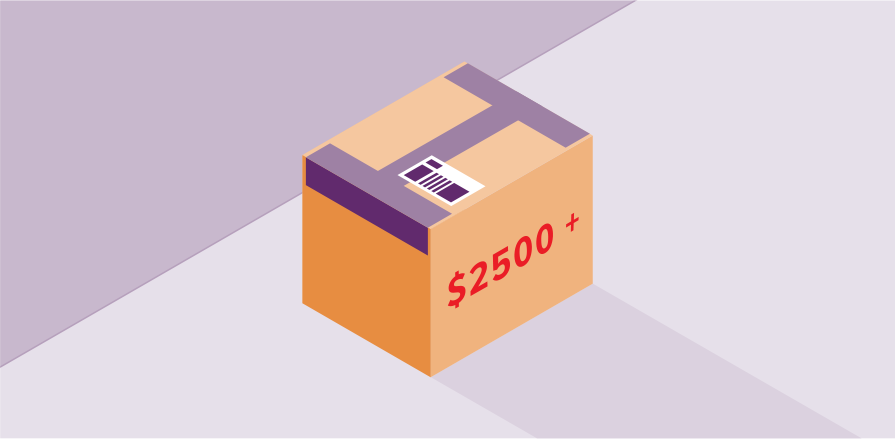
What is the EED?
The EED is the American version of the B13a and is required in similar circumstances. The US Customs and Border Protection website has more information on filling out and submitting an EED.
Why is the EED Necessary?
The information provided on the EED is used by the United States Government to compile accurate statistics on the status of exports from the United States to foreign countries (not including Canada).
When Do I Need an EED?
You'll need to fill out an EED anytime you're sending a shipment over $2500 USD outside of the US and Canada. Another situation in which an EED is necessary is when a package being sent to Canada requires an export license. Failing to accurately and completely fill out a B13a or EED will likely result in your shipment being stopped before leaving the country of origin.
Download: Blank Fillable SED Form
Toxic Substance Control Act (TSCA)

What is the TSCA Form?
The TSCA form is a form used by the Environmental Protection Agency (EPA) to monitor the import of certain biological products that may be regulated or otherwise controlled by US import laws.
Why is the TSCA Necessary?
The EPA needs the information on the TSCA form to determine whether the goods you're importing can be legally allowed into the country.
When Do I Need a TSCA Form?
The US Toxic Substances Control Act requires you to file a TSCA form when shipping water samples, chemical goods, or other products that fall under the jurisdiction of the Environmental Protection Agency. This form is only required when shipping the above type of items to the United States. The EPA's website can help you determine whether or not your items are subject to the TSCA, and if they are, you can find a blank form here.
The TSCA can be satisfied by either a positive certification statement, which states that the products comply with the TSCA, or a negative certification statement saying that they're not subject to the law. You'll need a positive certification statement for most goods, but these products require a negative certification statement:
- Markers and pens
- Food and food additives
- Cosmetic, drugs, and devices
- Pesticides
- Special nuclear material, source material, or by-product material
Download: Blank Fillable TSCA Form
Summary
While there are certainly more forms and documents involved in international shipping, these are the ones you're most likely to see in typical situations, and being familiar with them can make life a lot easier. This is especially true if you're planning to clear your own shipments and act as your own importer of record.
The responsibilities of international shipping are much different for the receiver and the exporter, so if you're planning to import goods, move on to Shipping 207 , which will explain how to manage incoming shipments.

